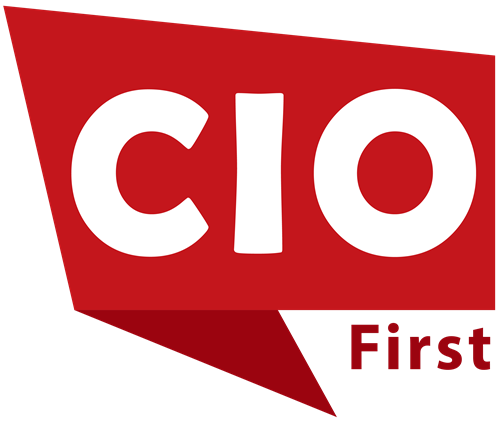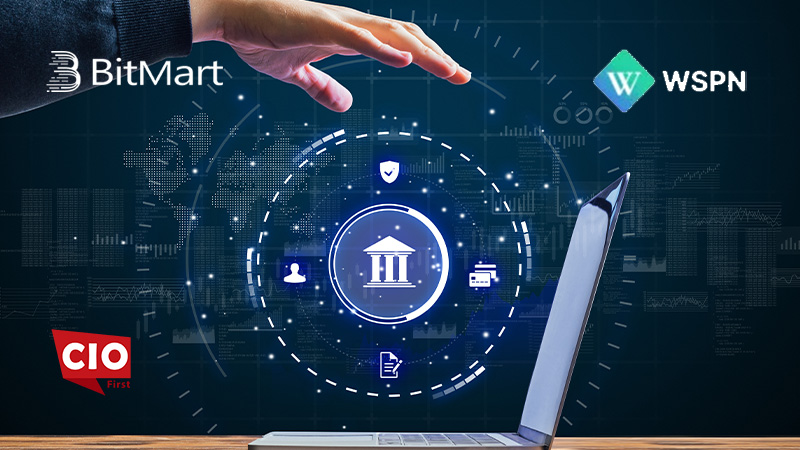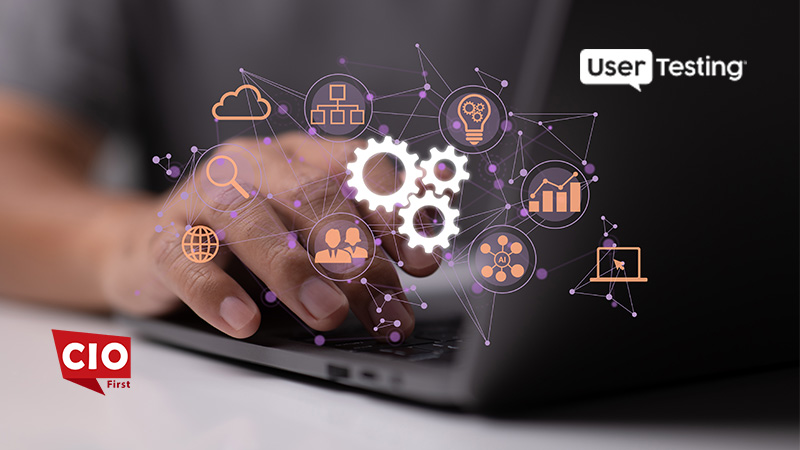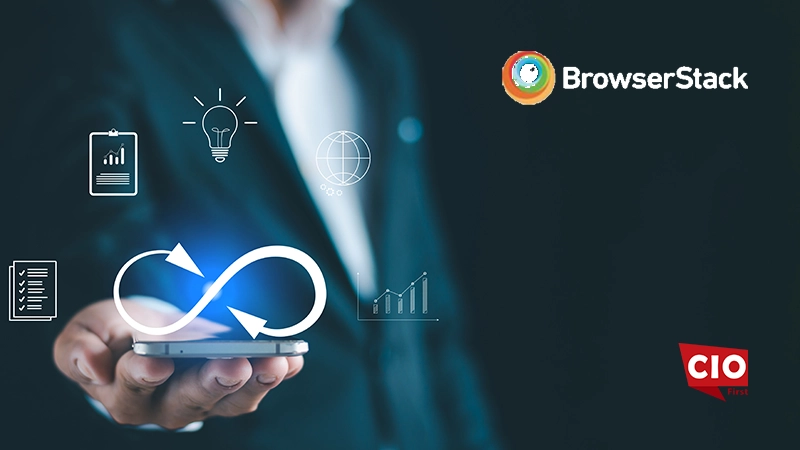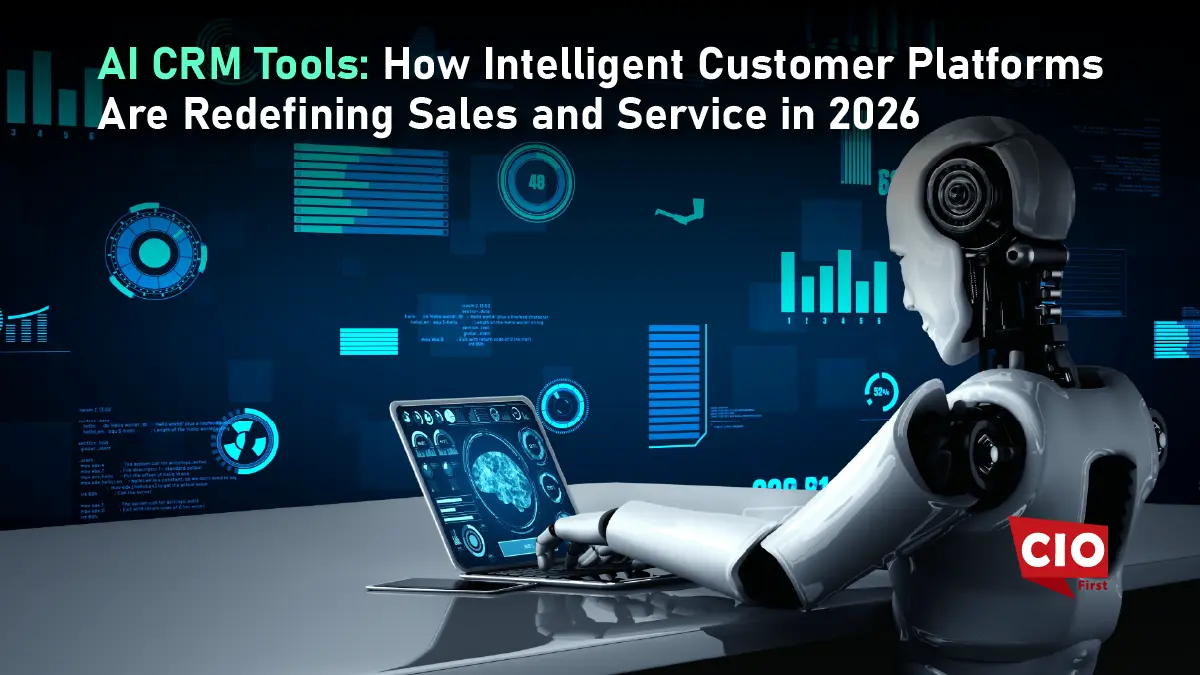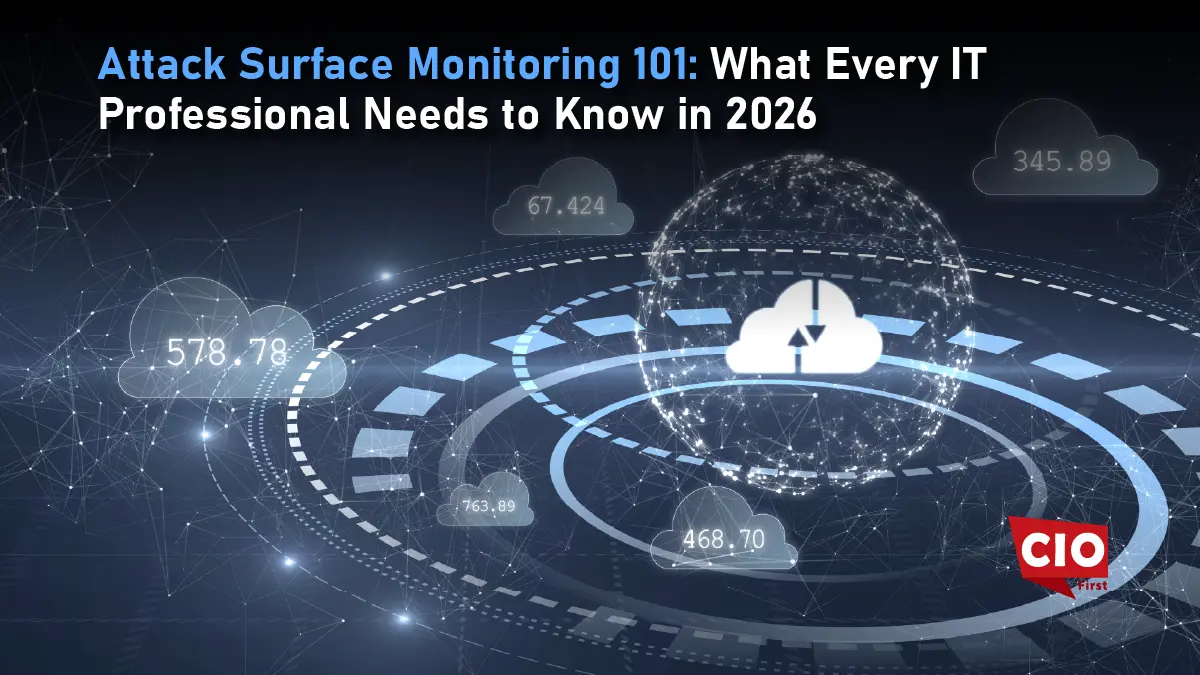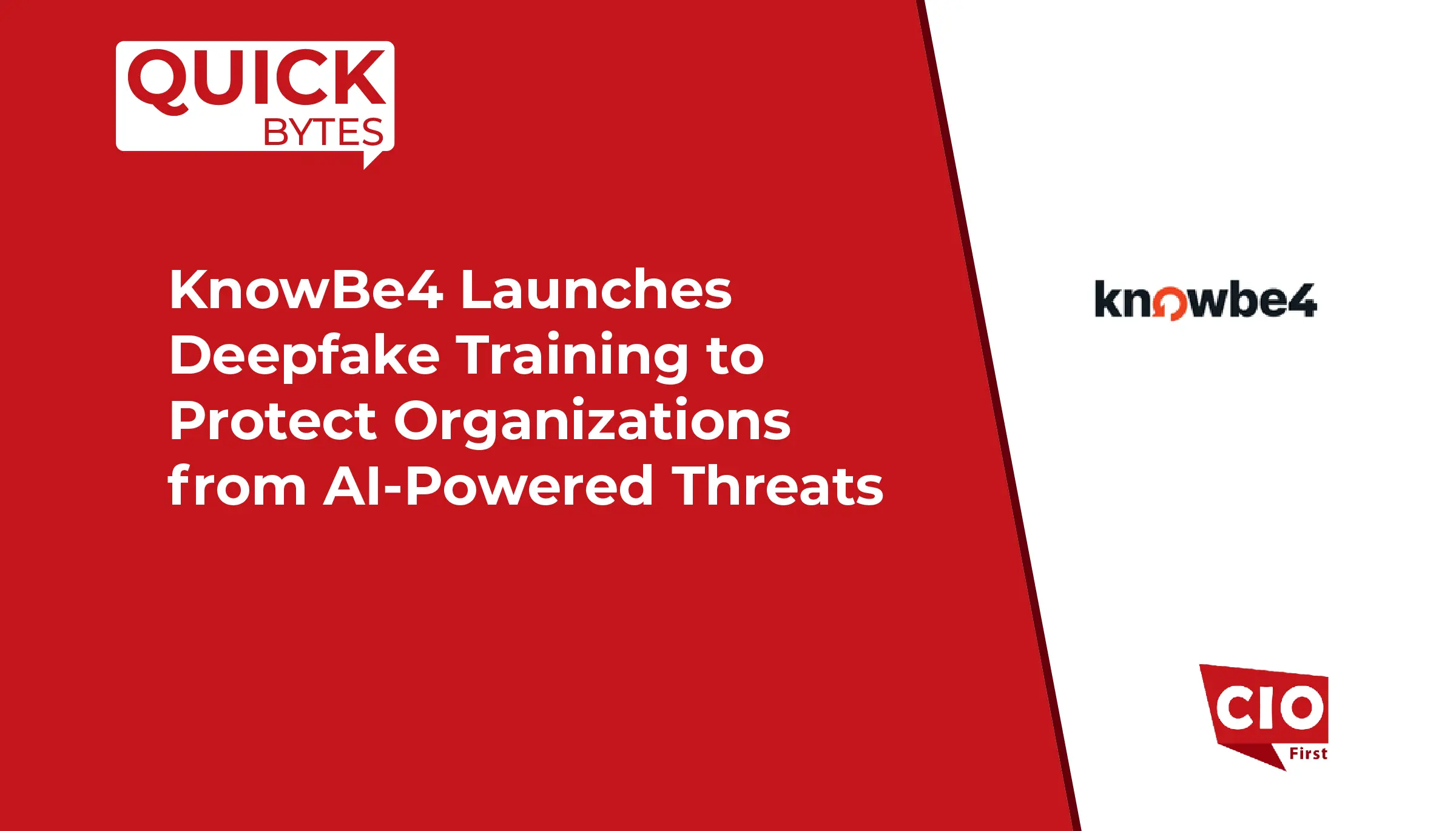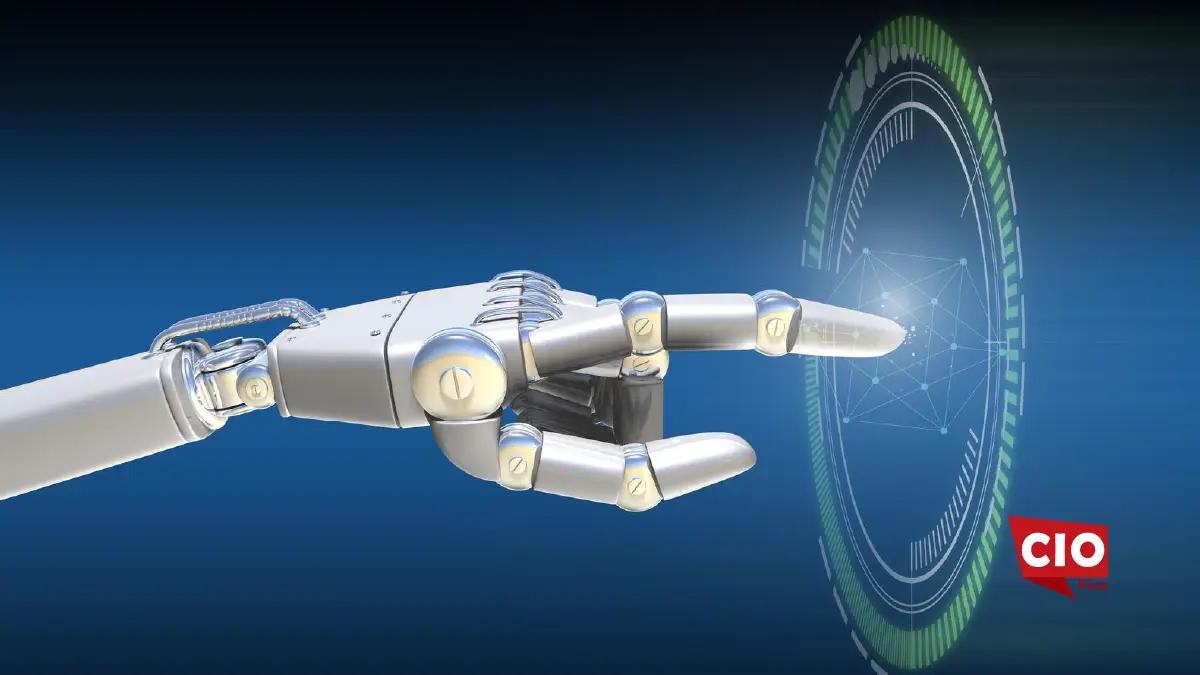In the technology-dominated era, Our lives are powered by an unseen engine called software. From the apps on our smartphones that connect us with loved ones to the elaborate systems that control basic infrastructure like power grids and transportation networks, software plays a crucial role in almost each part of contemporary society. But what happens when this software fails?
Imagine a banking app that fails in the midpoint of a necessary transaction, leaving you vulnerable without access to your funds. Visualize a medical device that stops working during a critical surgery, leaving a patient in a critical condition. Or imagine a self-driving car misunderstanding a traffic signal, which leads to a devastating accident. The consequences of software failures can be dreadful, spanning from financial loss and reputational loss to major injuries or even loss of life.
This is where Software Quality Management (SQM) plays its part. It is the unseen protector of the software development lifecycle, the guardian of reliability, and the supporter of user experience. SQM ensures that software not only fulfils its purpose but also meets the exceptional standards of reliability, security, performance, and utility. It’s not just about finding and fixing bugs; it’s about promoting a dedication to excellence that filters through each stage of the development process, from the origin of an idea to the continous maintenance of a final product.
Also Read: Green Computing Strategies Every CIO Needs to Drive Sustainable IT Transformation
This article explores the world of SQM, covering its core values, advantages, and how it can uplift your software development efforts to new standards in 2025 and in the future.
What is Software Quality Management?
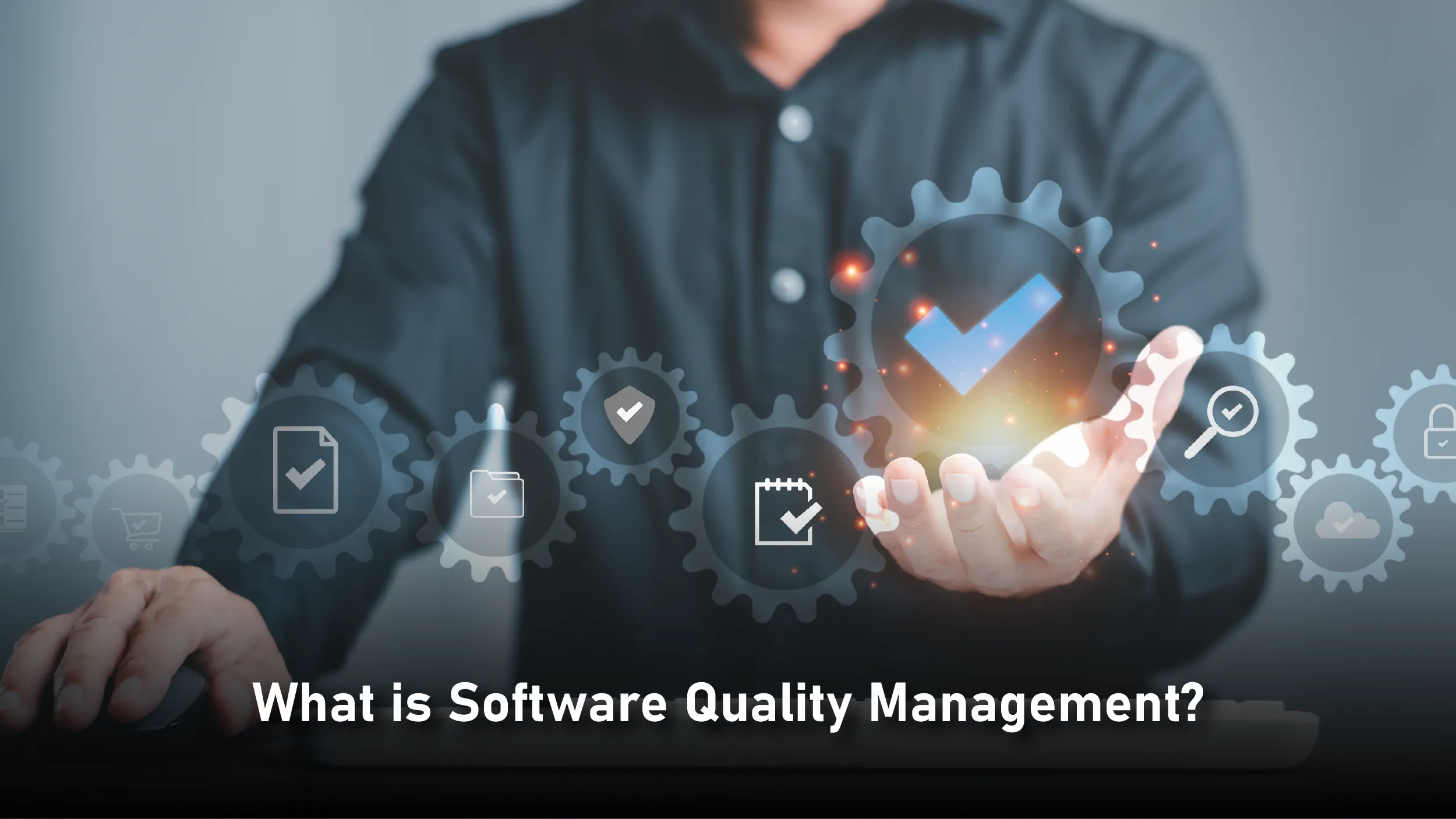
SQM is a systematic and planned approach for making sure that software meets preset quality measures throughout its overall lifecycle. It’s a comprehensive discipline that involves a set of processes, tools, and techniques being used from the primary planning and design stages to the final deployment, maintenance, and offend of software lifecycle.
Think of SQM as the quality control department of an advanced manufacturing plant. Just as quality control inspectors accurately analyze products to ensure that they meet rigorous standards before they leave the factory, SQM professionals employ thorough evaluation and analysis to ensure that software meets quality standards before it is made available to users.
SQM is a multidimensional field that comprises a vast range of activities. It starts with defining quality standards, where teams initiate clear, easy-to-measure, and accomplishable quality goals for the software. These goals cover numerous areas of quality, including functionality, dependability, performance, security, utility, maintenance, and transportability.
Next comes testing and verification, a vital stage which involves various types of analysis during the entire development process. This includes unit testing for individual components, integration testing for association between modules, system testing for the whole software, user acceptance testing (UAT) with real users, performance depending on the situation, and security testing to detect flaws.
Quality assurance is another crucial aspect, concentrating on preventive measures to protect against flaws. This includes code reviews by skilled developers, design reviews to assess quality and risks, risk evaluation to identify potential problems, and static analysis using tools to machine-identify flaws in the code.
Finally, process improvement ensures constant analysis and intensification of the software development process. This involves implementing agile methodologies, DevOps practices, and using data and analytics to monitor progress and discover growth opportunities, ultimately boosting efficiency and quality.
Why is SQM Important in 2025?

In today’s intensely contested market, where software is often the unique selling point between success and failure, quality is no longer a luxury, but a necessity. SQM offers diverse advantages that are crucial for businesses to sustain in 2025 and beyond:
- Enhanced Customer Satisfaction: In a world where users have uncountable alternatives at their fingertips, delivering premium software that provides an effortless and user-friendly experiences is of utmost importance. SQM helps you achieve this, leading to enhanced customer experience, loyalty, and favorable response.
- Reduced Development Costs: Recognizing and rectifying errors early in the development cycle, when they are affordable to address, can significantly decrease the cost of rework, bug fixing, and maintenance later on. SQM helps you pinpoint these issues early, saving time and money.
- Improved Brand Reputation: Delivering reliable, protected, and optimized software enhances your brand image and fosters consumer trust. In an era where online reviews and social media can make or break a company, SQM is significant for preserving brand integrity.
- Increased Productivity: Properly-designed and thoroughly evaluated software improves efficiency and reduces downtime, leading to enhanced productivity for users. In a world where every second counts, SQM helps you deliver software that encourages users to achieve their goals rapidly and productively.
- Reduced Risk: SQM helps to address increasing risks linked to software failures, such as financial loss, defamation, legal liabilities, and even threats to safety. As software becomes progressively integrated into necessary systems, the aftereffects of failure become more intense, making SQM a crucial risk mitigation plan.
- Competitive Advantage: In a crowded marketplace, quality can be a distinguishing feature. By constantly delivering high-quality software, you can gain competitive edge, appeal to new customers, and maintain existing ones.
SQM in Action: Real-World Examples
SQM is not just an abstract concept constrained to textbooks and conferences; it is a realistic approach that is applied in several industries with concrete results:
- Healthcare: In the development of medical devices and healthcare software, SQM is not limited to quality, it is about ensuring the safety of patient. Rigorous testing, verification, and quality assurance mechanisms are necessary for eliminating defects that could have devastating effects. For instance, software that controls drug infusion pumps must be thoroughly inspected to ensure accurate delivery of the dose.
- Finance: Financial institutions depend greatly on software for transactions, risk management, fraud detection, and customer service. SQM guarantees the safety, dependency, and accuracy of these integral systems, protecting confidential financial data and preserving customer loyalty. For example, a trading platform must be able to handle large transaction volumes with speed and precision, while also guarding against unauthorized and fraud.
- Automotive: As cars become heavily reliant on software for navigation, entertainment, and sophisticated safety features like autonomous driving, SQM plays a prominent role in protecting against failures that could eventually result in mishaps. Self-driving car software, for instance, must be closely examined in a variety of simulated and practical applications to ensure that it can carefully maneuver complex patterns of traffic.
- E-commerce: For online retailers, SQM is a vital force for providing a seamless and pleasant shopping experience. This includes securing website functionality ,utility, as well as the reliability of payment processing and order fulfilment systems. A slow or buggy e-commerce website can result in lost sales and unsatisfied customers.
The Human Element in SQM
While SQM involves advanced tools, procedures, and techniques, it is about people at the end. Building a culture of high-standards requires a human-centric approach that persuades teamwork, communication, and constant learning.
- Collaboration: Effective SQM requires smooth collaboration between developers, testers, quality assurance professionals, project managers, and other stakeholders throughout the development process. This involves breaking down silos, promoting open communication, and motivating shared responsibility for quality.
- Communication: Open and clear communication is necessary to ensure that quality standards are perceived, persistently complied with, and efficiently communicated across the entire team. This includes constant evaluation cycles, clear documentation, and open channels for expressing concerns and sharing ideas.
- Constant Learning: New technologies, approaches, and best practices are rapidly getting prominence in the rapidly evolving field of software development. Through further education, certifications, and involvement in industry events, SQM professionals must remain informed about these developments.
The Future of SQM: Trends and Predictions
With the increasing complexity of software and integrated into every aspect of our lives, SQM is likely to persist evolving to mitigate new challenges. Here are some leading trends and predictions for the future of SQM:
- Increased Automation: Artificial intelligence (AI) and machine learning (ML) will play a major role in automating testing and quality assurance tasks, such as test case generation, defect detection, and code analysis. This will give freedom to human testers to focus on more complex and strategic tasks, such as exploratory testing and user experience evaluation.
- Shift-Left Testing: Testing will be incorporated earlier in the development cycle, even before a single line of code is written. This “shift-left” approach allows for prompt feedback, easy defect detection, and minimized re-effort. Techniques like Test-Driven Development (TDD) and Behavior-Driven Development (BDD) will grow in significance.
- Focus on Security: With the rise of advanced cyberattacks and the growing prominence of data privacy, security will become an even more necessary aspect of SQM. Security testing will need to be incorporated throughout the development lifecycle, and SQM professionals will need to stay aware of the latest security threats and susceptibilities.
- Emphasis on User Experience: As software becomes more user-centric, SQM will need to focus not just on performance, but also on usability and user experience. This will involve implementing user feedback, conducting usability testing, and employing user-centered design principles.
- Cloud-Based SQM: With the growing adoption of cloud computing, SQM tools and processes will need to adapt to the cloud environment. This will involve leveraging cloud-based testing platforms, combined with cloud-native technologies, and ensuring the scalability and performance of cloud-based applications.
Conclusion
SQM embodies a commitment to excellence that enriches software development. It transcends technicalities, weaving quality into every line of code. By prioritizing stringent standards, organizations can craft software that excels in performance, security, usability, and reliability. This approach not only enhances customer satisfaction but also streamlines costs and elevates productivity.
Looking ahead to 2025 and beyond, the significance of SQM will soar. In an increasingly competitive digital arena, embracing SQM principles can elevate development initiatives. With the right tools and practices—paired with a steadfast commitment to quality—companies will deliver unparalleled value to their clients.
